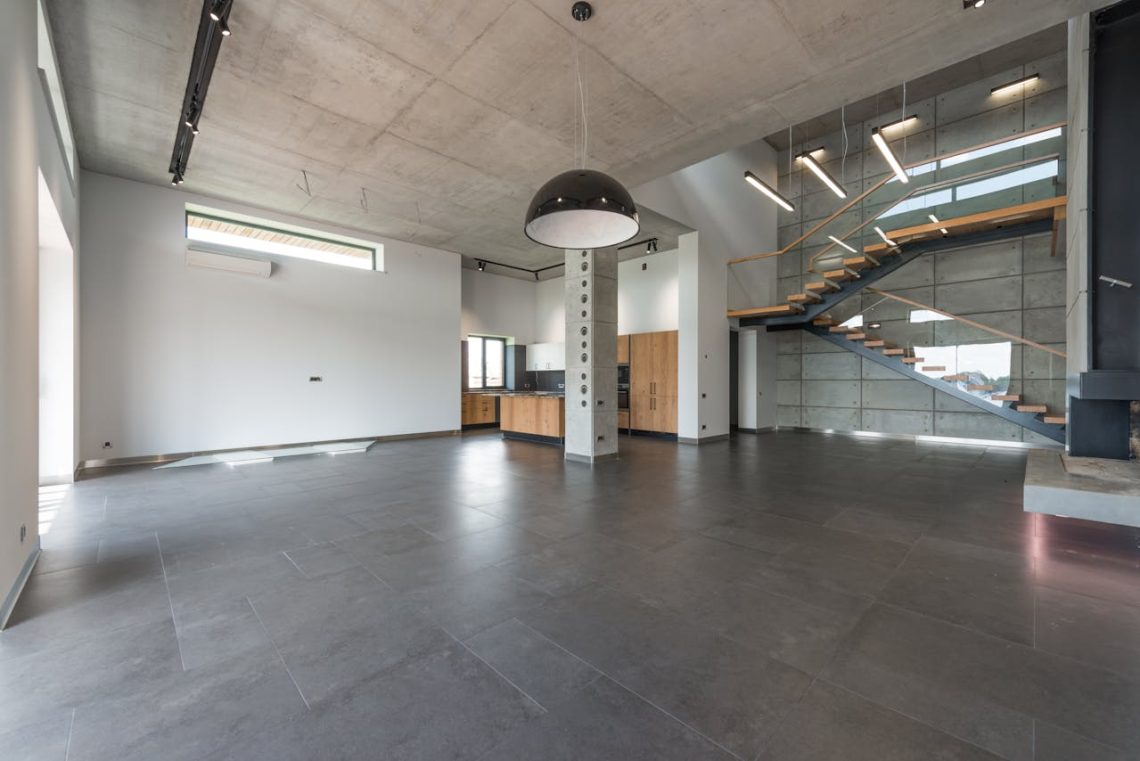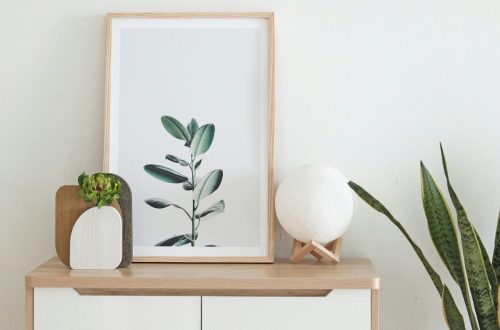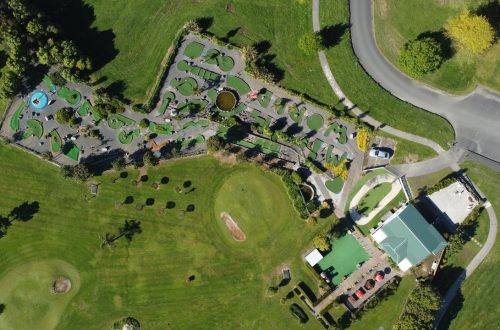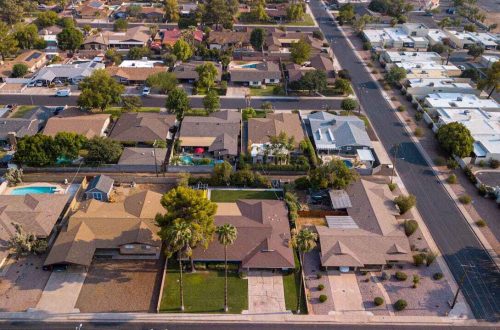
Smart Design Decisions: Balancing Aesthetics with Durability
When designing or renovating a home, one of the most significant decisions you’ll face is how to balance beauty with practicality. In the world of home exteriors, this often translates to choosing materials that not only enhance the aesthetic appeal but also stand the test of time. Whether you’re updating your home’s look or starting from scratch, understanding how to make smart choices that combine both aesthetics and durability can save you money, time, and hassle in the long run.
The Growing Importance of Durability in Design
In today’s world, homeowners and builders alike are placing more emphasis on durable materials. The harsh realities of climate change, increased awareness of sustainability, and the desire to reduce long-term maintenance costs have made durability a top priority. Materials that can withstand wear and tear without frequent repairs or replacements are more attractive than ever before.
For example, materials like concrete, brick, and fiber cement are popular choices due to their long lifespan and resistance to damage. Concrete can endure extreme weather conditions and is low-maintenance, making it perfect for climates that experience severe winters or intense heat. Similarly, fiber cement is known for its resistance to rot, pests, and fire, which makes it a practical option for many areas.
Not only do durable materials contribute to the longevity of a home, but they also provide financial benefits. While the initial investment may be higher than that of less durable alternatives, you will save money in the long term by avoiding frequent repairs and replacements. This smart investment means fewer headaches and less money spent on upkeep.
The Allure of Aesthetics in Home Design
Of course, a home’s exterior is also about making a statement. A beautiful, well-designed home exterior can significantly impact a property’s curb appeal and overall value. In today’s market, first impressions matter, and the exterior is the first thing potential buyers or visitors see.
Design trends vary over time, but there’s always a demand for stylish and modern home exteriors. Popular trends like minimalism, natural textures, and bold color choices have become staples in residential design. These trends not only make a home stand out but also reflect the personality and lifestyle of the homeowners.
However, the desire for aesthetics can sometimes clash with the need for practicality. For example, choosing a material solely because of its looks might lead to higher maintenance costs in the future. A stunning wooden façade might be eye-catching, but it could also require regular sealing and protection from pests and moisture. It’s essential to consider the long-term impact of aesthetic choices, so your home remains both beautiful and functional for years to come.
Finding the Perfect Balance Between Aesthetics and Durability
The key to a successful exterior design is striking the right balance between aesthetics and durability. This means opting for materials that not only look good but are also built to last. Fortunately, there are many options that combine both qualities effectively.
One such material is stucco. Stucco is a timeless option that offers both visual appeal and durability. It can be molded into various textures and finishes, allowing homeowners to create a custom look while enjoying the benefits of a weather-resistant surface. If you’re considering stucco for your exterior, it’s important to remember that proper installation is crucial for long-term durability. Poorly installed stucco can lead to cracks and moisture damage, making it essential to find a reliable contractor. If you’re wondering about this for your own home, a quick search for “stucco remediation near me” will help you find the right professionals to ensure the job is done correctly.
Stone veneer is another great option for combining style with resilience. It offers the natural, high-end look of stone without the cost or maintenance of traditional stone masonry. Its durability and resistance to harsh weather make it an excellent choice for homeowners looking to create an attractive and low-maintenance exterior.
Lastly, metal cladding, while a more modern option, has gained popularity for its sleek appearance and resistance to fire, pests, and moisture. It requires little maintenance and is incredibly durable, making it an ideal material for homeowners seeking both function and fashion.
The Role of Climate in Material Selection
The local climate plays a significant role in choosing the right materials for your home’s exterior. Materials that work well in one region might not be ideal for another. For example, coastal areas prone to saltwater exposure require materials that are resistant to corrosion, such as fiber cement or vinyl, which won’t degrade from the salty air. On the other hand, areas that experience extreme heat or cold may benefit from materials like concrete or brick, which can withstand temperature fluctuations without cracking.
For homeowners in regions with high humidity or frequent rain, choosing moisture-resistant materials is critical to preventing rot and mildew. Proper ventilation and the use of moisture barriers can also help enhance the lifespan of certain materials.
No matter where you live, it’s important to consider the specific needs of your area and choose materials accordingly. Doing so will not only improve the home’s durability but also ensure that it stays beautiful and functional throughout the year.
Cost vs. Value: How to Choose the Right Materials
When it comes to choosing materials, cost is always a factor. However, it’s essential to consider the long-term value rather than focusing solely on the initial price tag. Opting for cheaper, less durable materials may save you money upfront but can lead to higher repair and replacement costs down the road. In contrast, investing in more durable materials can be a smart decision that pays off in the long run by minimizing the need for costly repairs.
For instance, choosing vinyl siding over fiber cement may save you money initially, but vinyl is more susceptible to damage from wind, hail, and pests. Over time, you may find yourself needing to replace sections of the siding, which can add up. On the other hand, fiber cement siding, while more expensive upfront, offers long-term value because it’s more durable and requires less maintenance.
Expert Tips for Homeowners and Builders
If you’re unsure where to start, here are a few tips to help you make smart design decisions:
- Work with Professionals: Seek advice from experienced contractors or designers who can guide you in selecting materials that will work best for your needs and budget.
- Think About Maintenance: Always consider how much upkeep a material will require over time. The more maintenance it needs, the higher the total cost of ownership will be.
- Plan for Sustainability: Opt for materials that are energy-efficient and sustainable. This can not only reduce your home’s carbon footprint but also lead to lower energy bills in the future.
Conclusion
Balancing aesthetics with durability is a crucial part of designing a home that will stand the test of time. By choosing the right materials and considering factors like climate and long-term maintenance, homeowners can ensure that their exterior is both beautiful and built to last. Whether you’re choosing stucco, stone veneer, or another durable material, the key is to make informed decisions that enhance your home’s appeal without sacrificing longevity. By doing so, you’ll create a home that not only looks great but also provides lasting value.




